As we exit the era of digital audio data compression and begin the ascent into higher sample rates for consumer consumption (via multiple platforms, though most popularly Neil Young's PONO system), we are finding ourselves as a community of audioworkers wondering why high sample rates might be worth while for an enduser delivery platform. We struggle with questions like: Why should we bother with sampling rates that improve performance outside the human hearing limit? Why don't we just stop at 16 bit (enough dynamic range to mask the noise floor) and 44.1 kHz (get us the 20 Hz - 20 kHz spectrum)? Didn't we arrive at best-practices in 1979 when the CD's bit depth and sampling rate were found to bring us the best sound possible?
In this short and very clear article, John Siau of Benchmark Audio explains how gear designed to work well at higher sampling rates like 192 kHz and at frequencies as high as 100 kHz can improve system performance: What is High Resolution Audio - Part 2.
You should read it, but to summarize his main point: If audio equipment is designed to roll off -2 dB at 20 kHz (typical specs), by the time you've run through a lot of those stages (source file, preamp, amp, speaker) you've accumulated a total roll off of about -8 dB, and this roll off exteneds far into the audible hearing range. If we increase the sampling rate to 192 kHz and the performance of all equipment to perform well out to around 100 kHz (getting rid of intermodulation distortion and other non-linearities that can cause audible artifacts), then the cumulative high-end roll-off happening in the audible hearing range is vastly decreased.
To be clear: The proposed benefit of hi-res audio is not inaudible content; it is better performance of digital systems within the 20 Hz - 20 kHz range.
This idea extends to both comsumer playback systems and to studio recording systems. Is this why we as a community have started to work at 96 kHz? Is this why certain consoles that are designed to remain linear to very high rates (250 kHz) such as Neve's are so coveted as key elements today's hybrid analog-digital rigs? Is this why re-clocking digital systems to reduce jitter came into fashion? Is this what Neil Young is hearing when he says 192 kHz is better?
Rather than philosophizing about inaudible frequencies and reaching into esoteric fields of perceptual studies for answers as to why 192 kHz might sound better to some of us, perhaps it's as simple as just getting 20 Hz - 20 kHz flattened out so that what we know we can hear is performing as well as possible.
Read the article here: What is High Resolution Audio - Part 2
Allen Farmelo is a producer/engineer and founder of Butterscotch Records.
Tape Op is a bi-monthly magazine devoted to the art of record making.
Or Learn More
MORE ENTRIES

BLOG
West Virginia Snake Handler Revival: “They Shall Take Up Serpents”
October 28, 2025

BLOG
Tame Impala: Deadbeat
October 17, 2025
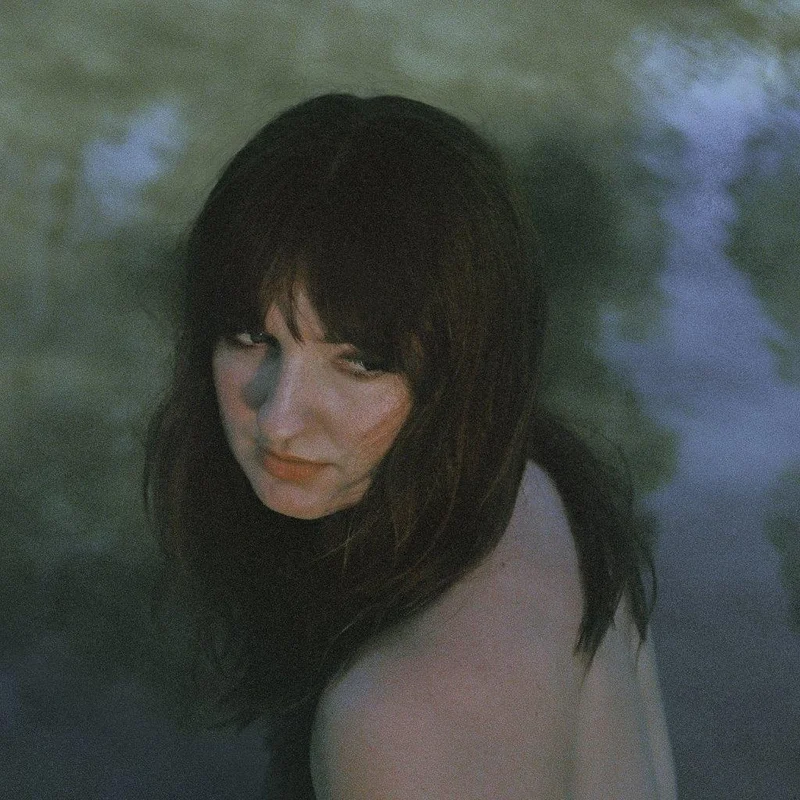
BLOG
New Music From Madison Cunningham: Ace
October 13, 2025

BLOG
New Music From Neko Case: Neon Grey Midnight Green
September 30, 2025

BLOG
New Fruit Bats Album: Baby Man
September 16, 2025
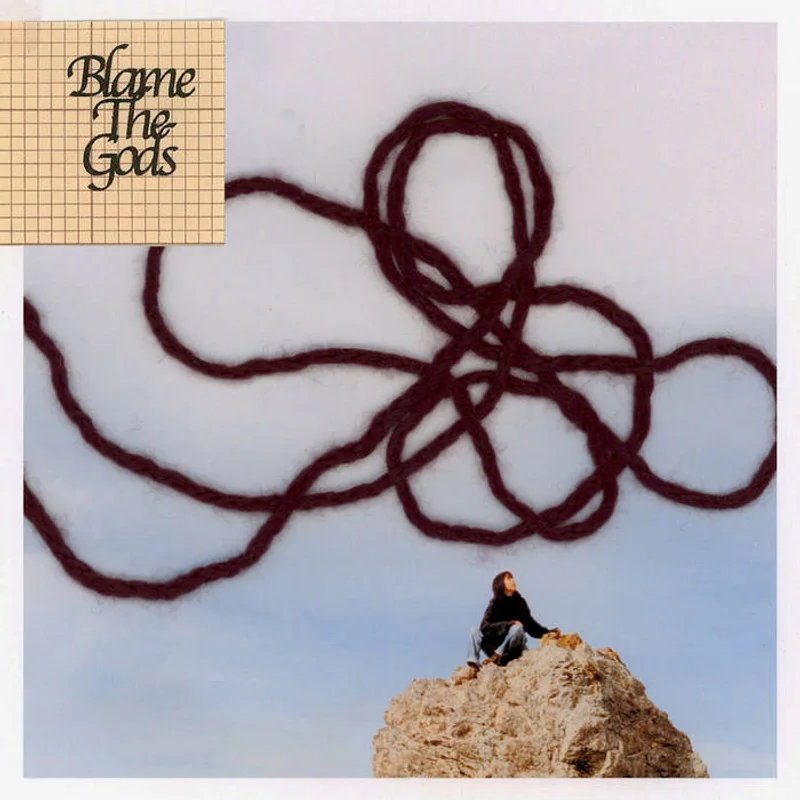
BLOG
New video from Yeemz on recording her track “No Trace”
September 14, 2025
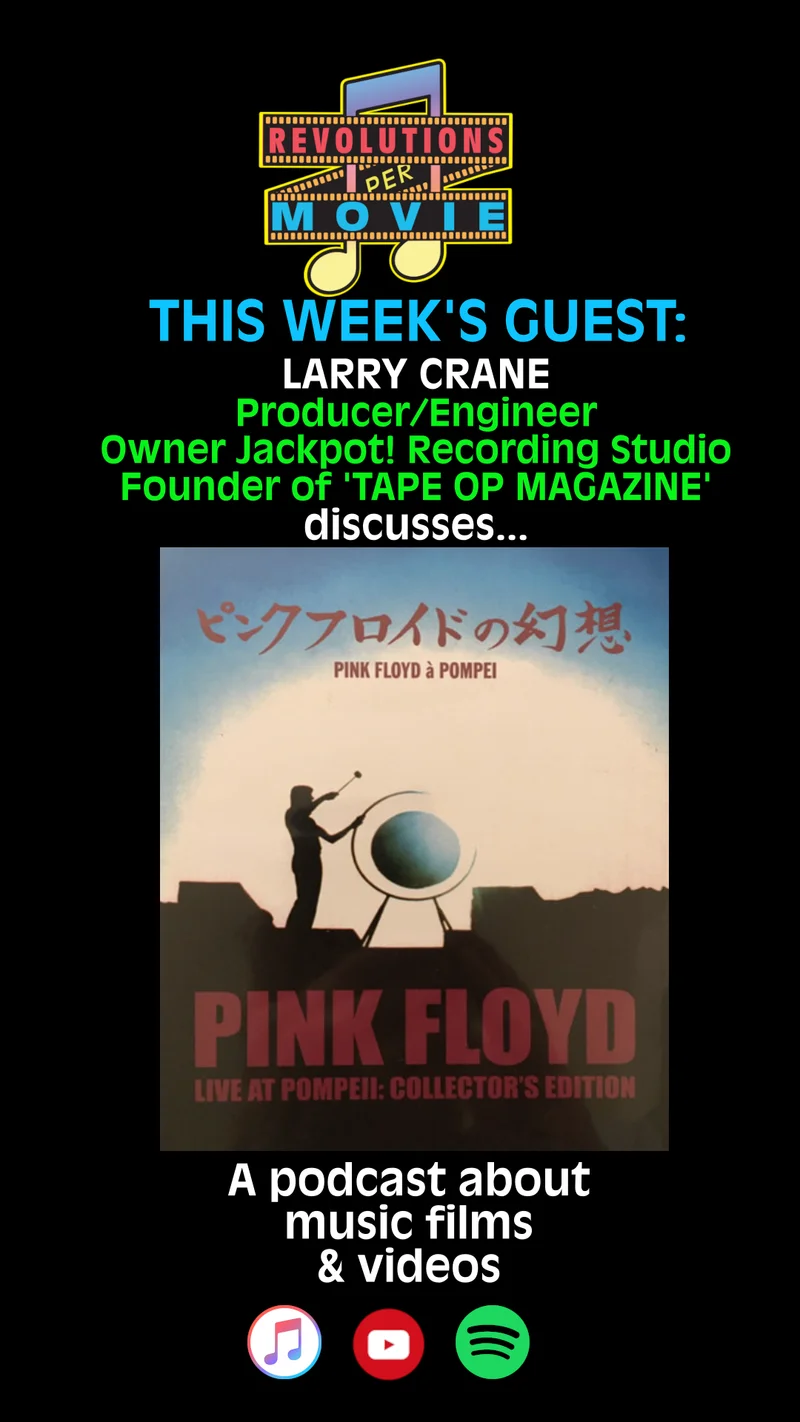
BLOG
Larry Crane on the Revolutions Per Movie Podcast
September 4, 2025
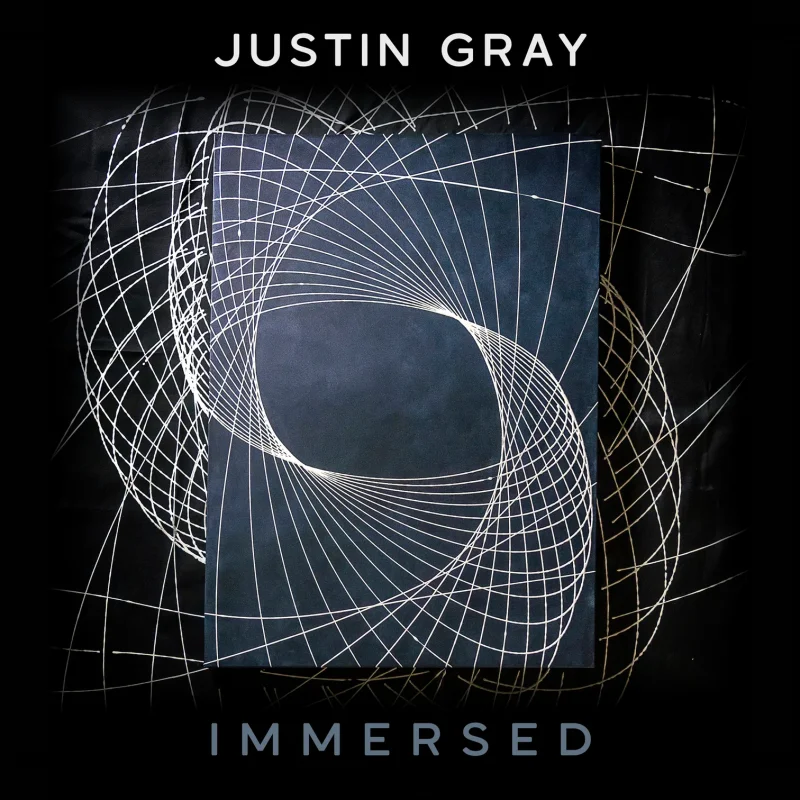
BLOG
Justin Gray: Immersed
August 31, 2025
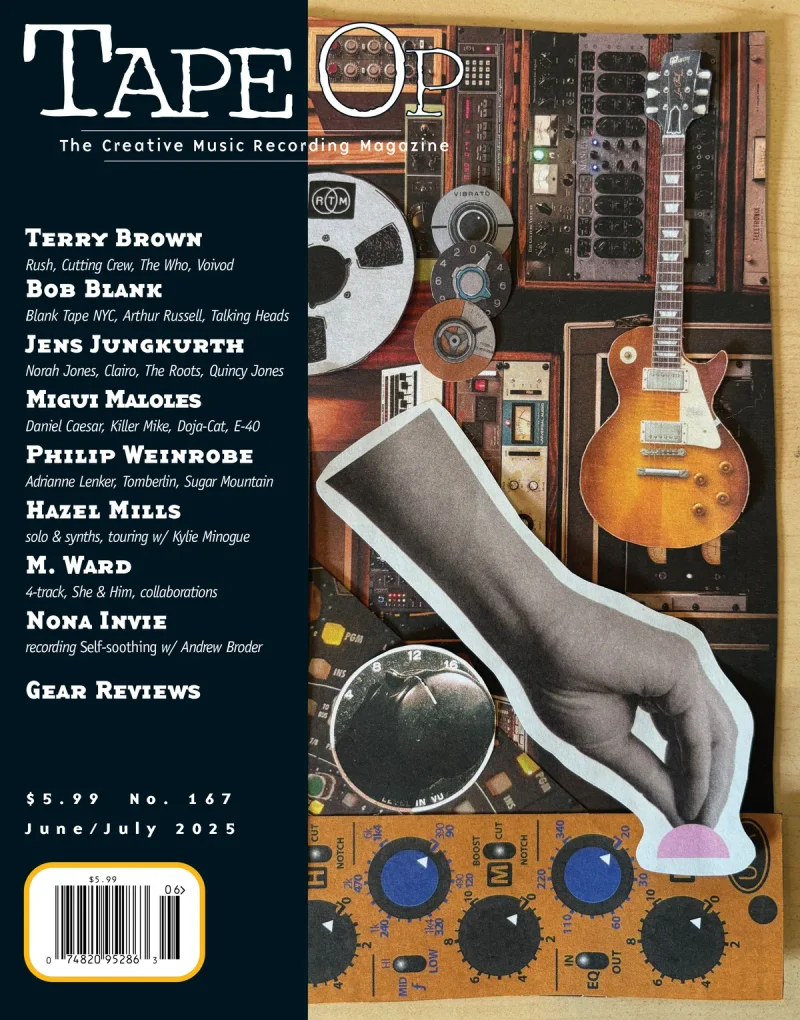
BLOG
About The Cover Art for Issue #167
August 31, 2025